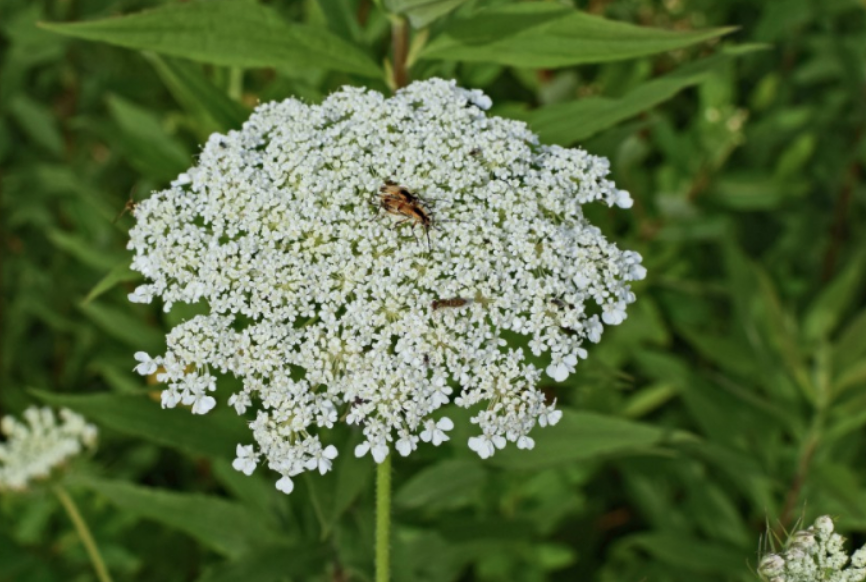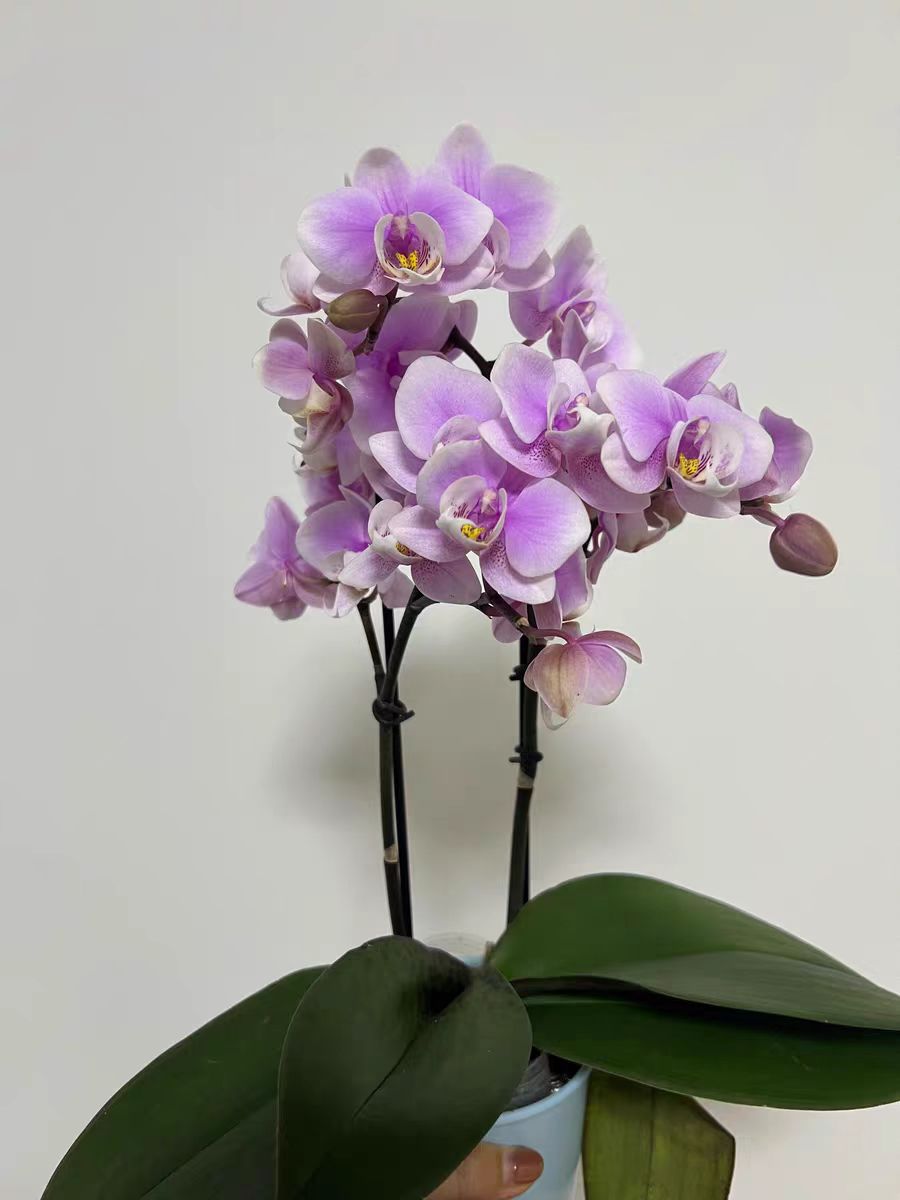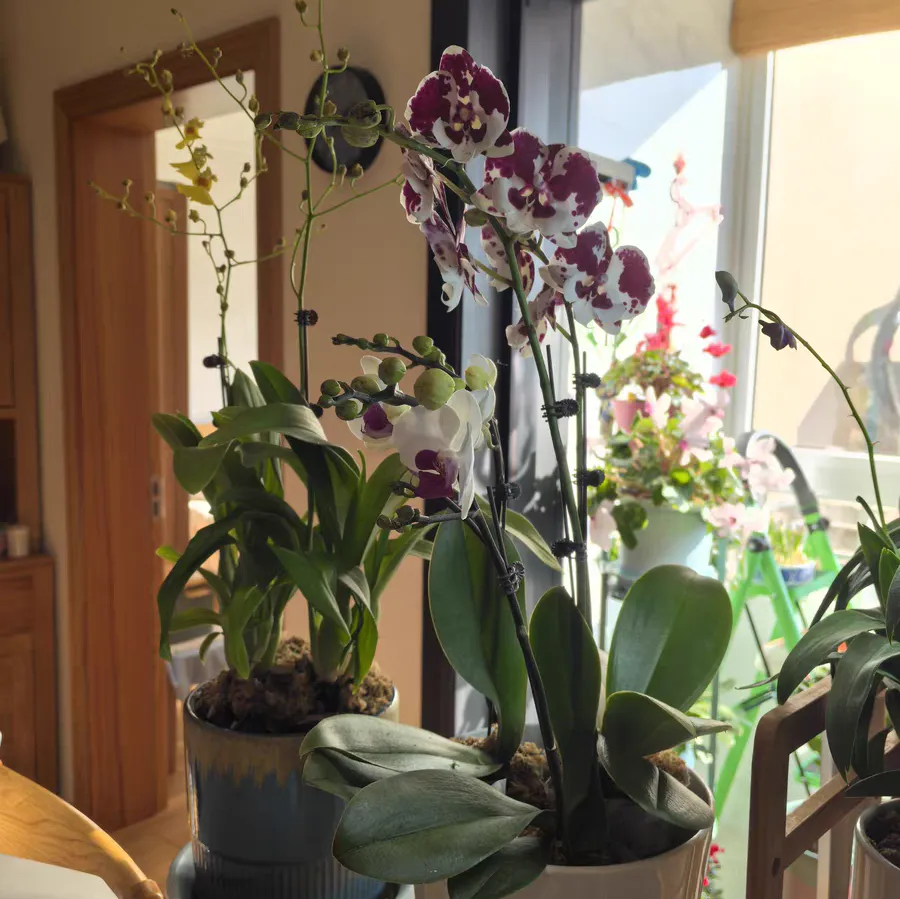Legend has it that the lace flower was discovered by Anne, the wife of the King of Scotland, in the wild. Therefore, Anne specifically asked her maidservant to create exquisite lace based on the lace flower as a model. Later, everyone called this plant Queen Anne's Lace, but because the name was too long, it was simply referred to as lace.
The flower language of the lace flower is a pitiful heart. The leaves have an umbrella-shaped form, and the flowers are very soft and beautiful, as if they were delicately woven lace by nature. The flowering period is between March and June. After buying it at the flower market and unpacking it at home, take a flower-awakening bucket to do a deep-water flower awakening first, for about three hours. After the flowers are awakened, remove all the flower roots and leaves to keep them clean to prevent the breeding of bacteria. Prepare a larger vase, add 1/3 to 2/3 of water. If possible, add preservatives. Finally, according to the height of the vase, just cut the roots diagonally. For daily maintenance, place it in a cool and ventilated place to prevent direct sunlight. It is recommended to change the water once a day, clean the vase and roots each time. When changing the water, you can also trim the roots once. The lace flower is very prone to dehydration and wilting. At this time, you can do a deep-water flower awakening for it again. After the flowers bloom, it is prone to shedding some small petals. At this time, clean them up in time.
When the lace flower is in full bloom, it is like hundreds of small flowers gathering on one branch. At a glance, it has a simple and elegant rural style. Therefore, if some flower enthusiasts want to retain this fresh and natural atmosphere for a long time, they need to choose potted planting. There are not many techniques in daily maintenance. It likes a bright environment but not direct sunlight, and avoid strong direct sunlight, otherwise it may cause leaf burns. It is recommended to place it near a window or in a place with scattered light as the most suitable. When watering usually, it is best when the soil is slightly moist, but do not over-water to avoid root rot. Generally, watering once a week is sufficient. In summer or dry environments, it can be appropriately increased.
Another thing to note is that the native environment of the lace flower is in North Africa, and the environment is relatively humid. If the air at home is too dry, use a sprayer to spray water around the plants to increase the humidity. Otherwise, if the flowers dry out, the flowers will turn slightly yellow.
How to maintain and manage lace flowers

Share with
Tagged in :




Leave a Reply